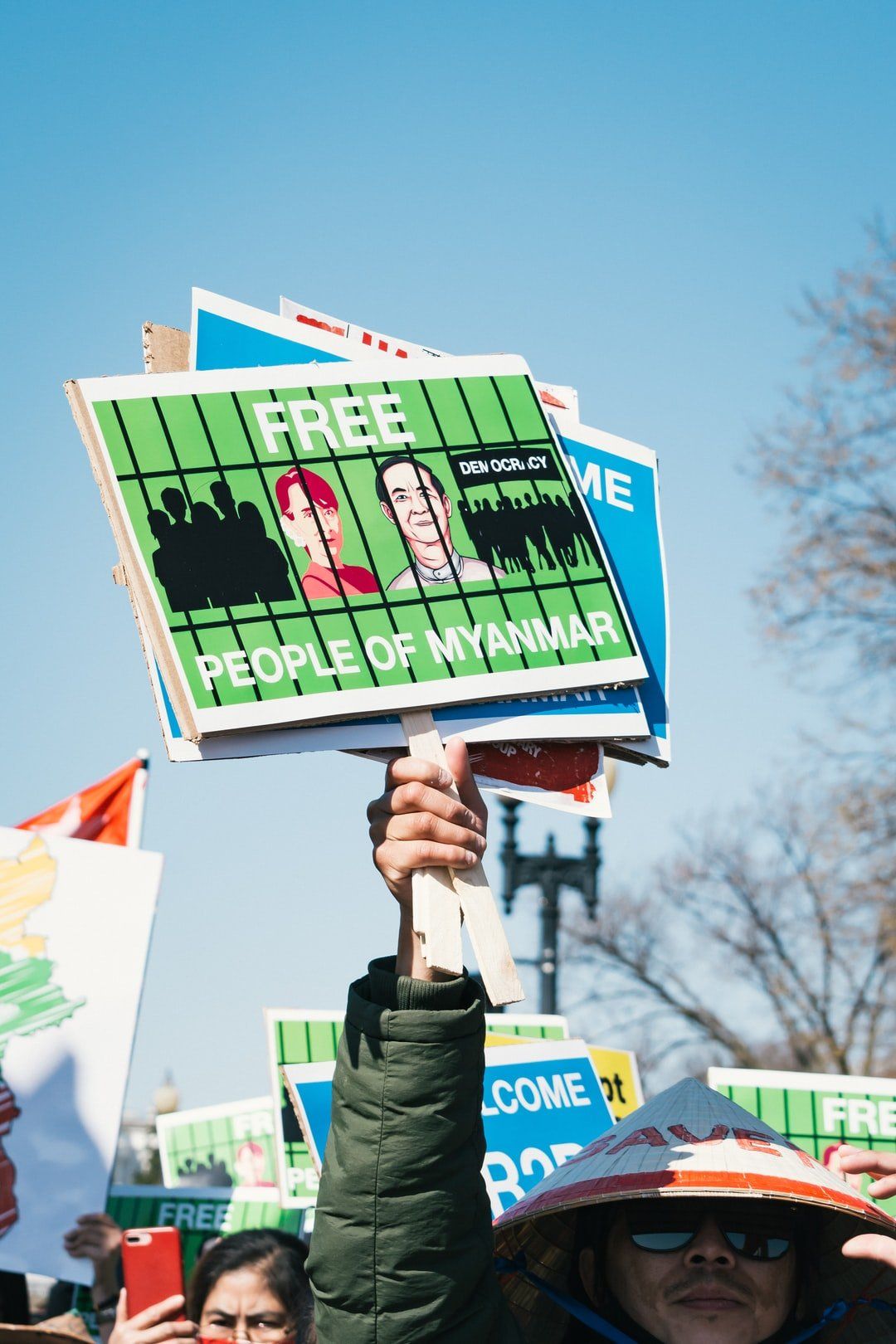We no longer need to poke around the dark corners of the internet to come across deepfakes, instead they are constantly taking space in new areas. To stop the spreading of deepfakes, we would need to shut down the internet, which is not really a viable solution. Therefore, we need to keep our eyes open, and when seeing is no longer believing, our minds need to be ever so alert.
This article argues that we can protect ourselves from the ill-intended actors using deepfakes by improving our media literacy skills and increasing our awareness regarding deepfakes. The aim is to increase awareness of the many arenas in which deepfakes are present, and to remind that deepfakes continuously extend their presence in yet-unknown fields.
The Evolution of Deepfakes
The first deepfakes emerged in face-swap porn videos of celebrities. Within less than five years from their first appearance, deepfake technology has been used for politics, helping ALS patients, creating multilingual information campaigns, and disseminating mis- and disinformation. Each new way of employing deepfakes brings new concerns and questions.
Even if deepfake porn amounts to over 90% of deepfake content online, we should not ignore the other areas in which deepfakes are present. The moment deepfakes enter a new area and our focus is elsewhere, it can disturb the way we construe truth and facts online by simply ignoring the possibilities of deepfakes’ presence in a given area. One of the latest additions to the series is deepfake satellite images. If we are not aware of the possibilities of deepfake technology altering those images , we might not challenge the content as much compared to had we known that deepfakes are present in that field as well. For example, some actors might choose to downplay the damages of terrorist attacks or natural disasters for their own benefit by using synthetic geographical pictures.
What has been done and what can be done
Since we cannot shut down the internet, we need to come up with other solutions. Several different initiatives for deepfake detection have emerged during the past couple of years.[1] In addition to companies taking upon the task to develop tools for identifying the nature of digital content, states have also started to push forward laws to prohibit non-consensual pornographic deepfakes and political deepfakes during electoral campaigns. Regardless of the corporations’ and states’ actions, there is no global legal coverage or consensus of a singular detection method, nor are there any generally accepted authentication means for online content. Hence, I urge that we rely on ourselves. It is not to say that the legal, detection, or authentication methods would be useless, rather that without global agreement of the means to do so, we cannot rely on isolated ways to perform these procedures.
While we are waiting for initiatives to gain broader support, we need to program our minds to function as filters. It is no new information that fake news has a presence on online platforms, and our information literacy skills can help to spot these fakes. I propose that by being alerted and aware of the possibilities of deepfakes existing everywhere, we can consume content more carefully.
This is not to say that we should implement an automatic imaginary fake-label for every single post we come across online. If we were to do so, I strongly believe that this would diminish the reach of truth and authentic content; by automatically denying everything, the truth would need to work double as hard to be credible in the viewer’s eyes. And if everything would automatically be considered as fake, many ill-intended individuals could enjoy this protection and be less concerned of the consequences of their actions, simply by relying on the public to automatically deny the truthfulness of any content.
Conclusion
My goal is not to paint a horror picture of deepfakes being only used in a malicious way. Deepfakes have positive uses as well, and medicine and entertainment branches are one of those who can lead the way towards a more positive discussion of the use of deepfakes. When the use is seen as positive and/or beneficial, it is more likely that these industries will openly disclose the use of deepfake technology. When the ones using deepfake technology choose to disclose the information in a clear enough manner, the individuals no longer bear the full burden of taking upon the task of identifying the reliability of the content.
But currently we cannot hide from deepfakes, and we still lack consensus on how to tackle them. The best tool we currently have is awareness, and by choosing to have a blindfold on, we give space for the ill-intended actors to exploit the digital content consumers. By acknowledging that deepfakes can be everywhere - and keeping this in mind when consuming digital content - the ill-intended actors are worse off. While we can wait for broader educational initiatives to implement media literacy to schools across the globe, there are plenty of tips available online on how our own media literacy skills can be improved.
Tuuli Säynätkari is a King's College London Master's graduate from Intellectual Property and Information Technology Law studies. Tuuli has obtained her bachelor degrees in law from The Hague, Netherlands, and in national economics and political sciences from Stockholm, Sweden. During her studies, she did an exchange in Beijing, China, getting to know the Chinese legal and political system. Most recently, she been working for few years in an operative HR team at CGI. Tuuli is a native Finnish speaker, and is fluent in English and Swedish. Tuuli enjoys reading, sailing, and discussing about deepfakes.
Read More

Watch Our Episodes





